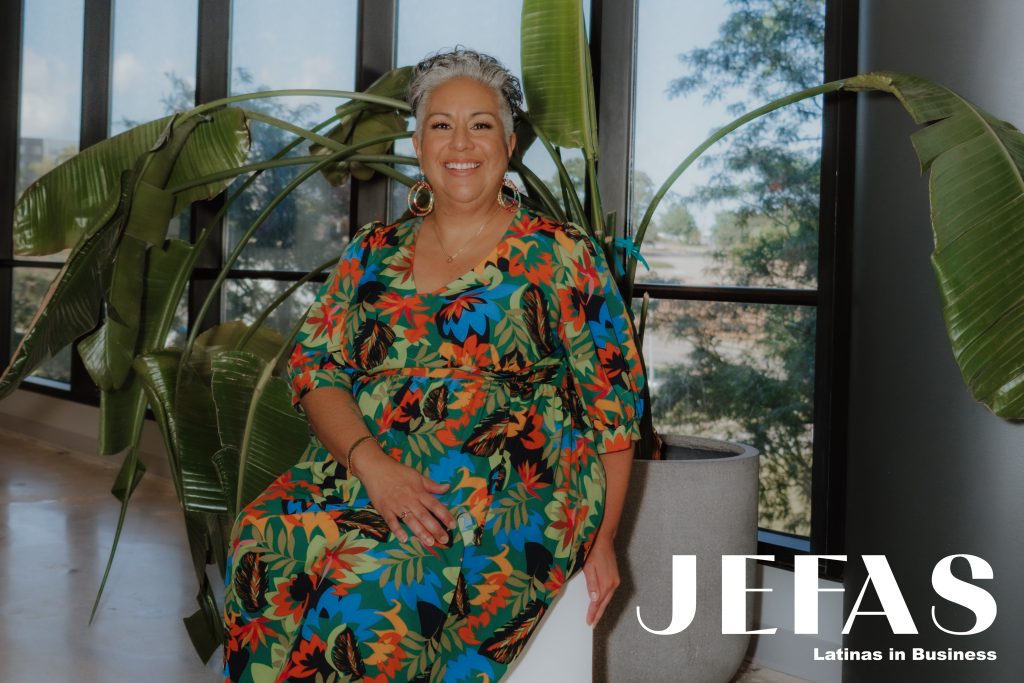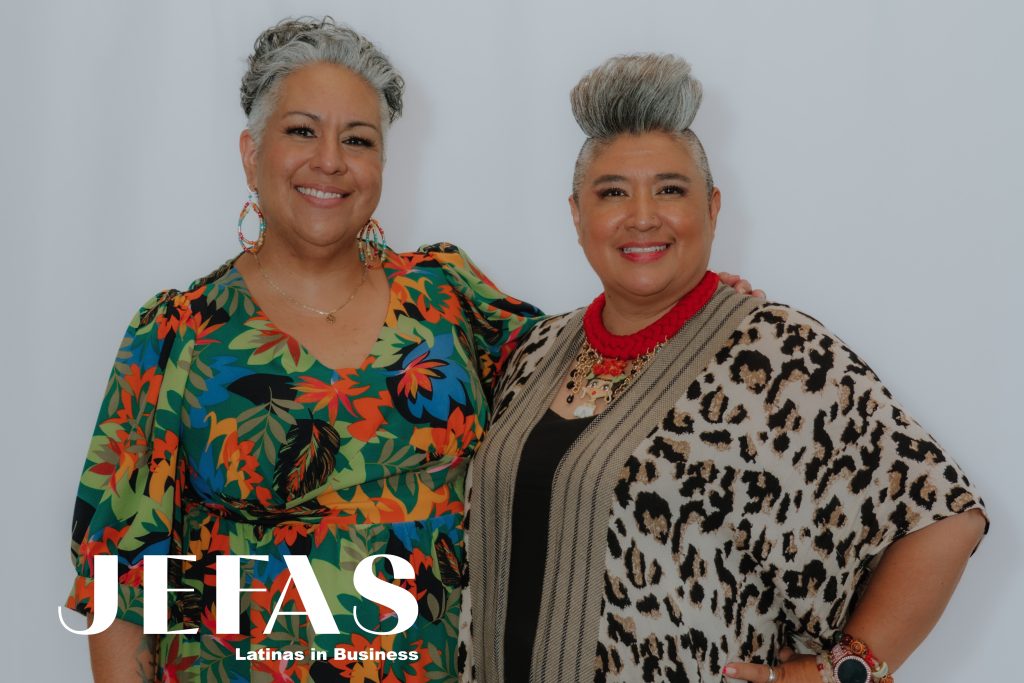Therapy Unpacked: What a Latina Therapist Wants You to Know

Antonia Valadez, bilingual therapist. Photo by Jennifer Marquez, JEFAS Magazine.
By Christina Fernández-Morrow, JEFAS MAGAZINE
Ever wonder if therapy is right for you or your family but aren’t sure where to start? You’re not alone. JEFAS sat down with therapist Antonia Valadez to discuss common questions about therapy and her insight is invaluable.
What questions should I ask a therapist to assure they’re a good fit for my needs?
Valadez: Don’t be afraid to ask for what you need, as specifically as possible so you can find the best fit for you. Here’s what you might want to ask:
- What experience and training do you have regarding my specific concerns?
-
- Are you supportive of issues or identities important to me? (For example: abuse survivors, body positivity, inclusion of all abilities, neurodiversity, monogamy, polyamory, sex positivity, etc.)
- How might a typical session look? (Conversational, structured, flexible, directive, etc.)
- What therapeutic modalities do you use? (CBT, EMDR, ACT, Brainspotting, etc.)
- Do you offer religious-based counseling, and are you familiar with my cultural or spiritual background?
- What types of therapy do you provide? (Individual, family, couples, etc.)
What are unique mental health challenges within Iowa’s Latinx community?
Valadez: As a Latina provider, I don’t have to “learn” about cultural nuances because I grew up in this culture. However, many Latine clients face challenges like:
- Shortage of bilingual/bicultural mental health professionals: There are not enough therapists to serve our community.
- Lack of insurance: Not everyone qualifies for or can afford insurance. I try to offer reduced rates or pro-bono services when possible, but not all therapists can do that.
- Language barriers: Mental health terms aren’t always familiar. I explain concepts in everyday language.
- Unaware of local services available: My background in social services helps me connect clients with helpful, often free, community resources.
How do I know that therapy is working?
Valadez: Therapy is tailored to the needs of the client and depends on their concerns. These are some examples that clients report as a result of therapy:
- Identifying unhelpful, limiting beliefs and reframe them in a healthier way.
- Improved physical, emotional, energetic boundaries.
- Increased ability to assertively communicate thoughts, wants and needs and say “no” when necessary.
- Increased ability to identify emotions and somatic sensations.
- Managing intense emotions using coping skills like active listening, problem-solving, and non-violent communication techniques.
- Increased sense of purpose and self-awareness that help set and achieve personal goals.
- Increase in caring for oneself physically, emotionally, spiritually.
- Controling their thoughts, emotions and behaviors while understanding they cannot control others.
- Decreased codependency in relationships with increased feelings of connection and emotional and/or physical intimacy with others.
- Decreased feelings of stress, anxiety, fear, anger, or emotional reactivity.

Antonia Valadez, bilingual therapist, and Erika Macias, president of JEFAS Magazine. Photo by Jennifer Marquez, JEFAS Magazine.
Some people are turning to AI for therapy. What are your thoughts on that?
Valadez: AI can be good at providing information related to mental health, strategies, or analysis, but I don’t think it is capable of truly forming the kind of connections humans create with each other.
We have mirror neurons in our brain that help us relate to one another that begins at birth. It is how we connect, understand, support, challenge, and heal. This is not something that AI can replicate.
It’s the same reason why reading a self-help book can’t replace therapy. It’s not an experience that provides an emotionally safe environment to move toward healing.
We need to feel seen, heard, understood. So, if we turn to AI for therapy we only get a portion of what we need, an imitation of a human interaction, but it won’t be as effective.
Can children go to therapy? How young is too young?
Valadez: There are child-specific therapy approaches like Play Therapy or Parent-Child Interaction Therapy and many modalities can be adjusted when working with children.
- Discuss concerns about behaviors with their pediatrician to see if it is within the normal limits of their developmental stage and ask for referrals.
- Ask therapists what age groups they work with and how.
- If there are concerns related to behaviors that affect the safety or well-being of the child and/or their caretakers, ask about intervention options.
Therapy isn’t one-size-fits-all, but asking the right questions to find the therapist that best fits your needs can help you get the support you deserve. Reach out, ask questions and remember that you’re not alone on this journey.
Valadez suggests asking your primary care doctor for a referral or go to www.psychologytoday.com to find therapists in your area.


